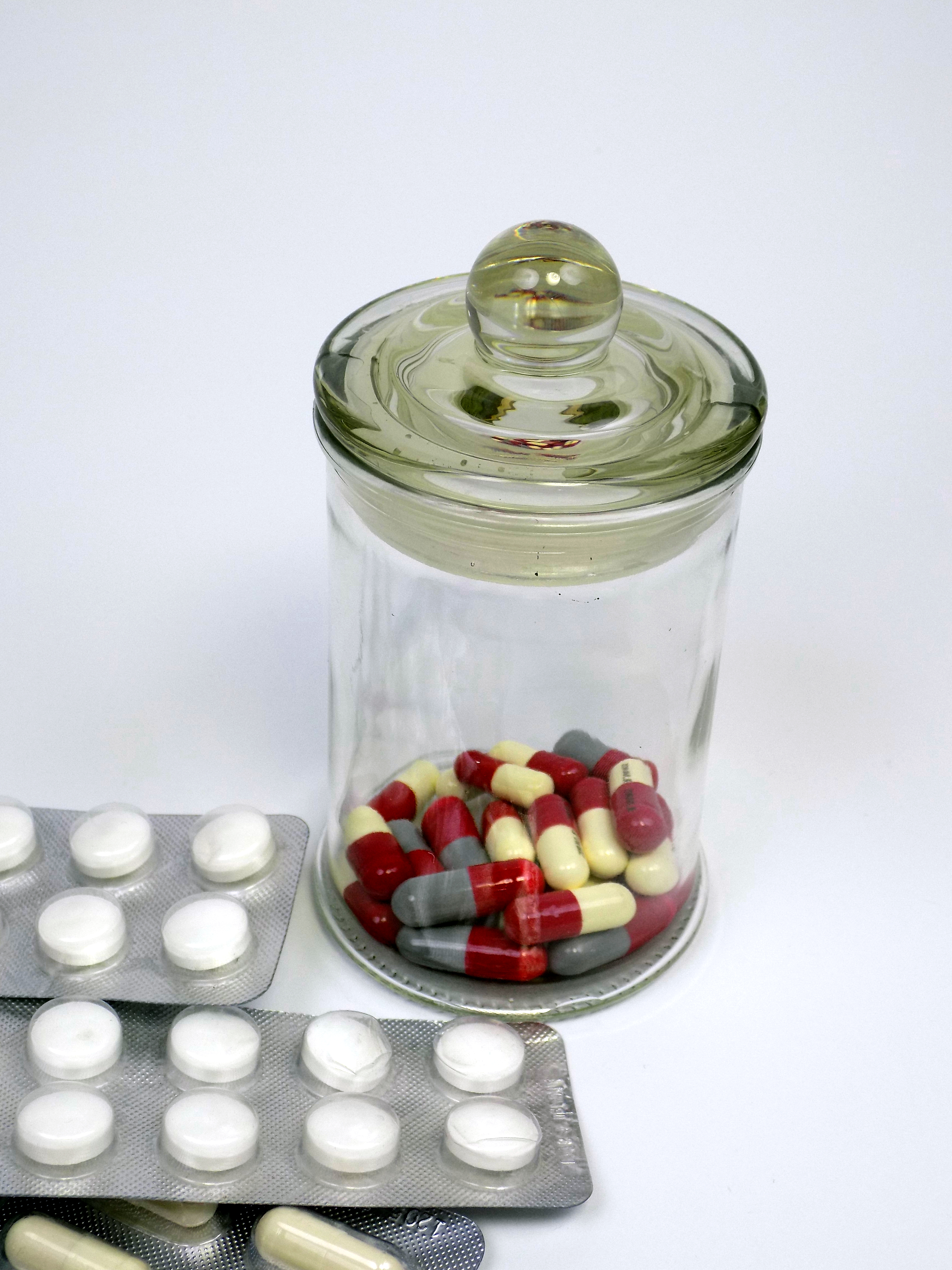Lisybin
- I. Introduction
- II. Composition of Lisybin
- III. Uses of Lisybin
- IV. Off-label Uses of Lisybin
- V. How Lisybin Works
- VI. Dosage and Administration
- VII. Administration to Specific Populations
- VIII. Side Effects of Lisybin
- IX. Interactions with Other Medications
- X. Warnings and Contraindications
- XI. Careful Administration and Important Precautions
- XII. Handling and Storage of Lisybin
- XIII. Overdose and Emergency Management
I. Introduction
The introduction of Lisybin in the field of pharmaceuticals represents an achievement that brings hope to patients dealing with specific health conditions. With years of research and rigorous clinical trials, the emergence of Lisybin showcases the determined pursuit of progress in medicine. Its significant impact on healthcare cannot be overstated as it equips both medical professionals and patients with a powerful weapon in their treatment options.
II. Composition of Lisybin
- The key components that make Lisybin effective are the chosen active compounds specifically designed to target specific ailments. In addition to the ingredients Lisybin also contains a range of excipients that serve important purposes in improving the medications solubility, stability and how well it is absorbed by the body.
- These excipients are not just filler ingredients; they ensure the medication works properly.
- Lisybin comes in formulations that have been developed to cater to various patient needs and preferences with a focus on optimizing delivery and effectiveness.
-
This medication contains two key components:
- S-Adenosylmethionine (SAMe)
- Silybin (A+B)

III. Uses of Lisybin
Lisybin is a hepaprotective drug specifically formulated for dogs. It plays a vital role in supporting essential liver functions and safeguarding dogs against hepatitis. By enhancing liver health, it can contribute to significant improvements in digestion, bile secretion, and appetite1234.
IV. Off-label Uses of Lisybin
-
Chronic Liver Conditions: Lisybin may be considered for long-term management of chronic liver diseases in dogs, even if they don’t have hepatitis. Its hepatoprotective properties can help maintain liver health and function.
-
Support during Medication: Dogs undergoing certain medications (such as long-term use of nonsteroidal anti-inflammatory drugs) that can impact liver function may benefit from Lisybin. It can help protect the liver from drug-induced damage.
-
Preventive Use: Some veterinarians may recommend Lisybin as a preventive measure for dogs at risk of liver issues due to breed predisposition, age, or other factors.
V. How Lisybin Works
Lisybins success stems from its way of working, where various molecular interactions come together to reduce the harmful processes associated with specific conditions. This process is carefully orchestrated by understanding how drugs affect the body and how they are distributed throughout it, guaranteeing that Lisybin has a significant and widespread effect on both individual cells and the entire system.
VI. Dosage and Administration
Administering Lisybin requires a balance where precision and adaptability come together. The dosages are carefully adjusted based on factors such as the severity of the condition, patient age, and kidney function. Different administration methods are used to meet the needs of each patient, ensuring that absorption and effectiveness are optimized.

VII. Administration to Specific Populations
Lisybins application is not a one size fits approach but rather, it takes into account the needs of different patient groups:
- Elderly; Considering the physiological changes that come with aging, dosage adjustments and special considerations may be necessary, for the geriatric population.
- Pregnant Women and Nursing Mothers; The safety profile of Lisybin is carefully examined for this sensitive group and recommendations are made to protect both the mother and the child.
- Children; When administering Lisybin to children a cautious approach is taken, ensuring age dosages that prioritize safety while addressing their unique therapeutic needs.
VIII. Side Effects of Lisybin
The journey of undergoing Lisybin therapy, despite its benefits, may encounter challenges in the form of side effects. These reactions can range from mild to severe, requiring an informed approach to their management.
- Common Side Effects: Some patients may experience common reactions like feeling nauseous, dizzy, or having headaches. These symptoms are generally mild and temporary, so they usually do not require the discontinuation of treatment.
- Serious Side Effects; On occasions Lisybin can cause severe adverse effects such as allergic reactions, abnormalities, in liver function and significant gastrointestinal disturbances.
- If any of these symptoms occur, immediate medical intervention is necessary. Managing side effects requires a balanced approach that considers both the therapeutic benefits and potential risks. Patients are advised to seek medical assistance if they experience severe reactions.
IX. Interactions with Other Medications
Given the complexity of combining medications, it is essential to carefully evaluate how Lisybin may interact with other drugs. These interactions can have effects either enhancing the intended benefits or potentially causing negative reactions. Some common interactions to consider are the impact on anticoagulants, which could affect their effectiveness, and the increased risk of liver damage when combined with hepatotoxic drugs. To effectively manage these interactions healthcare providers should understand the underlying biochemical processes involved. This knowledge enables them to make adjustments in dosage or closely monitor therapeutic levels. It is crucial to prioritize safety and optimize treatment outcomes by implementing appropriate monitoring techniques and making any necessary adjustments as needed.
X. Warnings and Contraindications
Before starting treatment with Lisybin, it is crucial to assess the patient's medical history and conduct a detailed examination. Certain scenarios call for caution when using Lisybin so it is important to identify patient populations that may be at risk.
- These include individuals who have a hypersensitivity to Lisybin or its components those, with severe liver impairment and pregnant women as they may face higher risks.
- Additionally, there are medical conditions that should be taken into consideration before using Lisybin. If a patient has uncontrolled hypertension or acute liver disease it is not recommended to use this medication.
- It is also essential to take precautions by conducting diagnostic assessments and providing patient education about the potential risks associated with Lisybin before initiating treatment.
XI. Careful Administration and Important Precautions
To make sure that Lisybin is used safely and effectively it's important to follow monitoring and preventative strategies. During treatment, it is necessary to monitor liver enzymes, kidney function, and blood counts in order to prevent any possible negative effects. To reduce the risk of effects, it's crucial to take preventive measures such as adjusting the dosage, making lifestyle changes, and educating patients. These actions are essential for managing risks associated with Lisybin. Following guidelines for effective use is key, to achieving optimal patient outcomes while minimizing the chances of complications.
XII. Handling and Storage of Lisybin
The effectiveness and safety of Lisybin depend on how it's stored and handled. To ensure its efficacy, Lisybin should be kept at room temperature away from light and moisture.
- Caregivers and patients should follow safety precautions when handling Lisybin to prevent accidental exposure or ingestion.
- When disposing of medication, it is important to consider the environment and safety by following proper disposal methods to avoid any potential harm.

XIII. Overdose and Emergency Management
When someone takes much of a substance, how they show signs of it can be different, so it's important to respond quickly and in a way that is right for them. Signs of taking too much might include feeling very dizzy, throwing up, or having more serious reactions. If this happens, the first thing to do is call emergency services. Give them the necessary support. If someone has taken much there are different ways to treat the situation. This might involve washing out their stomach, giving them activated charcoal, and managing their symptoms in a facility. After an overdose happens, it's really important to keep an eye on the person and make sure they fully recover and don't have any problems. This means they need follow-up care and maybe changes to their treatment plan.



















